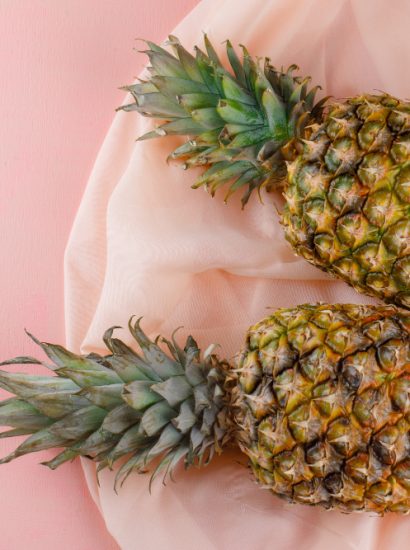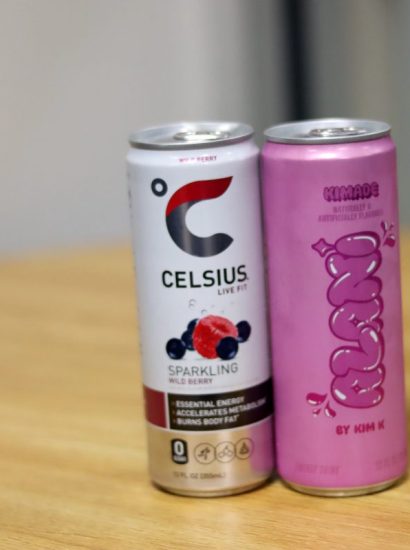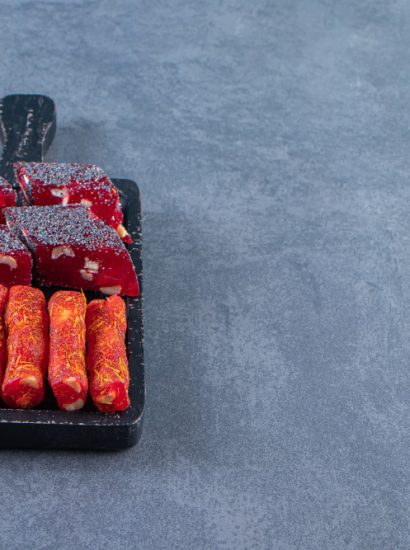Coffee is more than a beverage—it is a global experience that connects people across cultures and continents. From the bustling cafes of Italy to the traditional coffee ceremonies in Ethiopia, coffee brings people together through aroma, flavor, and conversation. Over time, coffee has evolved into an art form, a science, and a lifestyle.
In this guide, we explore everything you need to know about coffee culture, its history, brewing techniques, and how to craft a cup that awakens your senses.
The Origins of Coffee
The story of coffee begins centuries ago in the highlands of Ethiopia, where legend says a goat herder named Kaldi discovered coffee beans after noticing his goats became energetic after eating them. From Ethiopia, coffee spread to the Arabian Peninsula, where it became an integral part of daily life and culture.
By the 15th century, coffee was being cultivated in Yemen, and the first coffee houses emerged in the Middle East. These early coffee houses, known as qahveh khaneh, became centers for social gatherings, intellectual discussions, and music. From there, coffee traveled to Europe, the Americas, and eventually the entire world, becoming a universal beverage loved by millions.
Understanding Coffee Culture Around the World
Coffee culture varies across countries, each with its own traditions and rituals.
In Italy, espresso dominates the scene. Italians savor small, strong shots at cafes throughout the day.
In Turkey, coffee is brewed slowly in a cezve, producing a rich, thick drink that is an essential part of Turkish hospitality.
In Japan, coffee culture blends precision and minimalism, focusing on pour-over and siphon brewing.
In the United States, the culture is diverse—ranging from fast-paced takeout coffee to artisanal specialty brews in independent cafes.
Across the globe, coffee represents comfort, creativity, and connection—a shared ritual that transcends boundaries.
The Journey from Bean to Cup
Every cup of coffee begins with a bean, but the journey it takes before reaching your mug is intricate and fascinating.
The process starts with coffee plants, which thrive in tropical regions known as the Coffee Belt. The two main species of coffee are Arabica and Robusta. Arabica beans are known for their smooth flavor and lower caffeine content, while Robusta beans are stronger and more bitter.
After harvesting, coffee cherries undergo one of two main processing methods—washed or natural—before being dried, milled, and roasted. Roasting transforms the raw green beans into aromatic brown ones, ready for grinding and brewing.
Each step, from cultivation to roasting, affects the flavor profile, aroma, and quality of the final cup.
Exploring Coffee Roasts
The roasting process is crucial in defining the taste of coffee. Roasts are typically categorized into three levels: light, medium, and dark.
- Light Roast: Retains much of the bean’s original flavor, often with floral or fruity notes.
- Medium Roast: Balances acidity and richness, offering a well-rounded taste.
- Dark Roast: Produces a bold, smoky flavor with less acidity and a fuller body.
Choosing the right roast depends on your personal preference and brewing method. Espresso often works best with a medium or dark roast, while pour-over lovers may prefer light or medium.
Grinding and Freshness Matter
The grind size of coffee has a major impact on flavor. A fine grind is ideal for espresso, while coarser grinds work better for methods like French press or cold brew. Grinding just before brewing ensures freshness and preserves the natural oils that give coffee its aroma and richness.
Pre-ground coffee can lose flavor quickly, so investing in a good grinder can significantly improve the taste of your daily brew. Remember, the fresher the grind, the more flavorful the coffee.
Popular Brewing Methods Explained
There are many ways to brew coffee, each offering a unique taste experience. Here are some of the most popular methods:
French Press: A simple and full-bodied brew where coffee grounds steep in hot water before being pressed.
Pour-Over: A precise method that allows control over brewing time and temperature for a clean, aromatic cup.
Espresso Machine: Uses pressure to extract a concentrated shot, forming the base for drinks like cappuccino and latte.
AeroPress: Portable and versatile, producing smooth, low-acid coffee in minutes.
Cold Brew: Coffee steeped in cold water for several hours, resulting in a mild, refreshing drink.
Each brewing technique highlights different aspects of coffee flavor, allowing enthusiasts to experiment and discover their ideal cup.
The Role of Water and Temperature
Even the best coffee beans can be ruined by poor-quality water. Since coffee is about ninety-eight percent water, using clean, filtered water ensures better taste and consistency.
Temperature also matters. The ideal brewing range is between ninety and ninety-six degrees Celsius. Water that is too hot can make coffee bitter, while cooler temperatures may under-extract the flavors. Mastering these small details is key to brewing excellence.
Coffee and Health Benefits
Coffee is often seen as a morning energy booster, but it also offers several health benefits when consumed in moderation. It contains antioxidants that help fight inflammation and protect cells from damage. Studies suggest that coffee may reduce the risk of certain diseases such as Parkinson’s, type 2 diabetes, and liver conditions.
Additionally, caffeine improves alertness, focus, and mental performance. However, balance is essential. Too much caffeine can cause restlessness or sleep disturbances, so enjoying coffee mindfully ensures both pleasure and well-being.
Sustainability and Ethical Coffee Practices
As coffee demand grows worldwide, sustainability has become an important part of coffee culture. Ethical sourcing ensures fair wages and working conditions for farmers while protecting the environment.
Many brands now support fair trade and organic certifications, helping to maintain biodiversity and promote responsible farming. As a consumer, choosing ethically sourced coffee supports communities and the planet while enhancing the overall coffee experience.
Reusable cups, eco-friendly packaging, and local roasting also contribute to sustainable coffee habits.
The Social Side of Coffee Culture
Beyond flavor and caffeine, coffee has a powerful social aspect. Cafes have long served as spaces for creativity, collaboration, and connection. Writers, artists, and thinkers have found inspiration over countless cups of coffee.
Today, coffeehouses continue to bring people together—friends catching up, students studying, and professionals meeting over espresso. The act of sharing coffee strengthens relationships and fosters community. Whether it is a quiet morning ritual or a lively group conversation, coffee remains a symbol of togetherness.
Conclusion
Coffee is far more than a beverage—it is a journey of taste, tradition, and connection. From its ancient origins in Ethiopia to the modern espresso bars of today, coffee continues to shape cultures and inspire creativity worldwide.
Understanding coffee’s roots, brewing methods, and cultural significance deepens appreciation for every cup. Whether you prefer a strong espresso, a slow pour-over, or a chilled cold brew, the beauty of coffee lies in its versatility and ability to bring joy with every sip.
So the next time you pour your favorite brew, take a moment to savor the story, the craft, and the connection that lie in coffee.
FAQs
1. What makes coffee taste different from one place to another?
The taste of coffee depends on the origin of the beans, climate, altitude, and soil conditions. Factors like roasting level, grind size, and brewing method also influence the flavor profile.
2. What is the best brewing method for beginners?
The French press and pour-over methods are ideal for beginners. They are simple to use, require minimal equipment, and allow easy control over flavor and strength.
3. How should I store coffee beans for maximum freshness?
Store coffee beans in an airtight container away from light, heat, and moisture. Avoid refrigerating them, as humidity can affect the flavor. Buy in small quantities to keep them fresh.
4. Is drinking coffee every day healthy?
Moderate coffee consumption—about two to four cups a day—can be part of a healthy diet. It provides antioxidants and can boost alertness, but excessive caffeine intake should be avoided.
5. What is the difference between espresso and regular coffee?
Espresso is brewed using high pressure to extract a concentrated shot, resulting in a rich and intense flavor. Regular coffee, such as drip or pour-over, uses gravity-based brewing and has a lighter taste.
Also read: 10 Secrets of Blue Toning: The Secret to Silky, Brass-Free Hair









